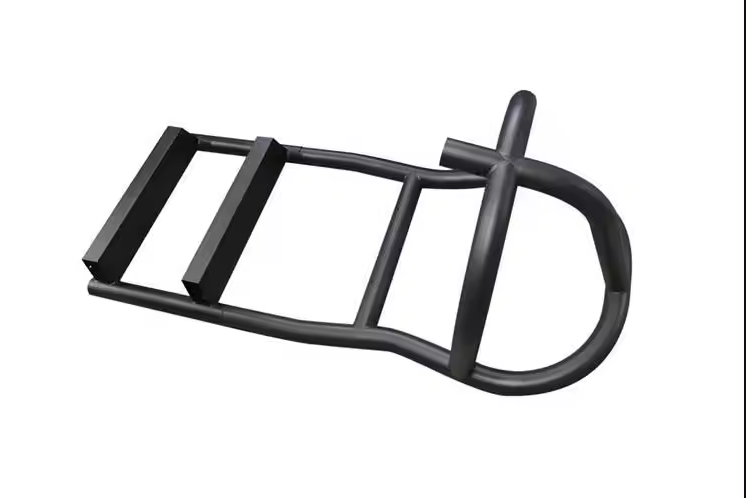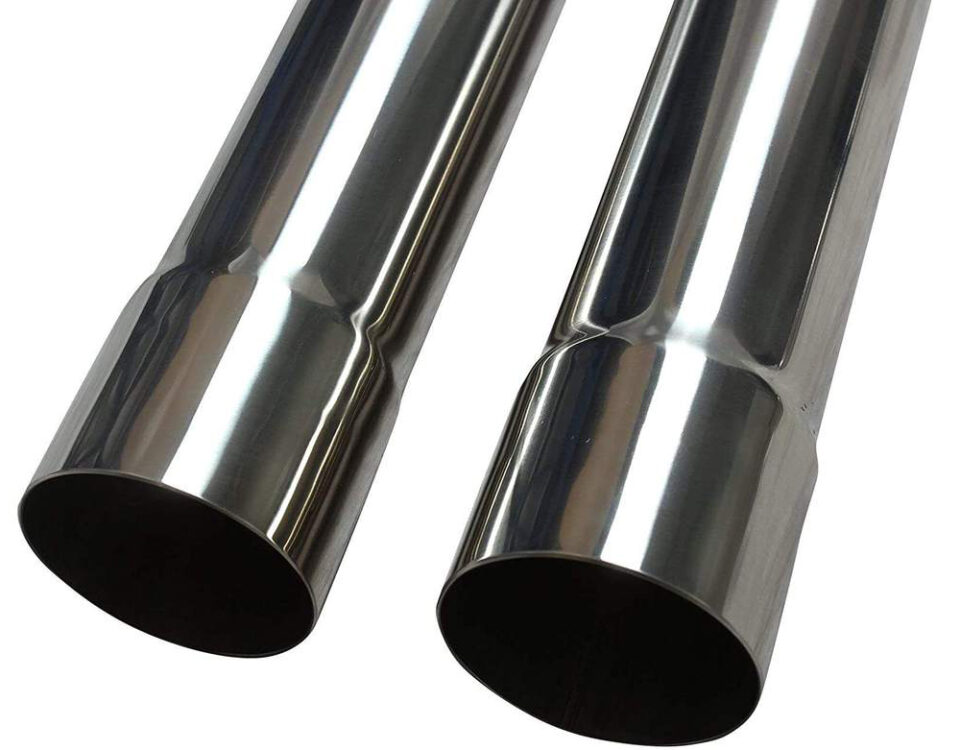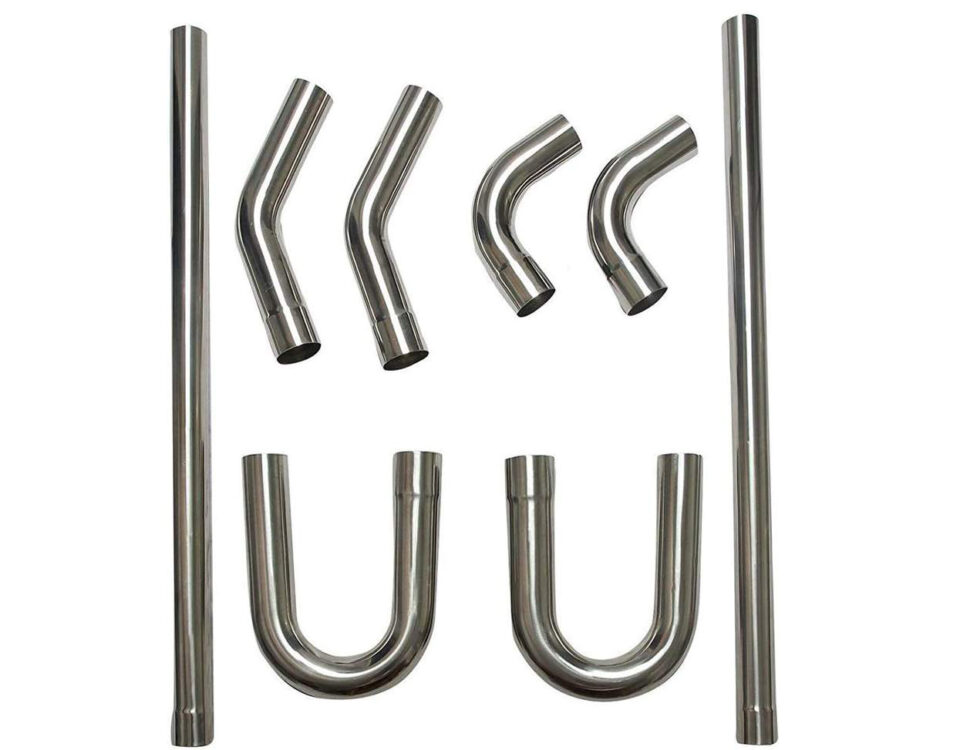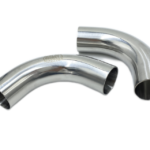
Galvanized pipe bending
November 4, 2023
Welded pipe bending
November 6, 2023Seamless Pipe Bending Techniques for Manufacturer
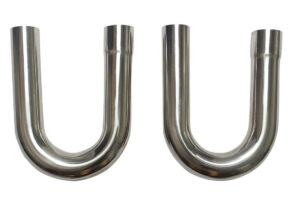
As a manufacturer of seamless pipes, it is vital to understand the techniques and considerations involved in seamless pipe bending. Seamless pipes offer numerous advantages in terms of strength, reliability, and aesthetic appeal, making them a popular choice across various industries. This article aims to provide valuable insights into the techniques, tools, and considerations involved in seamless pipe bending, enabling manufacturers to produce high-quality products efficiently.
1: Understanding Seamless Pipes
1.1 Seamless Pipe Manufacturing Process:
– Briefly explain the seamless pipe manufacturing process, where a solid billet is heated and pierced to form a hollow tube without any welding.
– Discuss the advantages of seamless pipes, such as superior strength, uniformity, and resistance to corrosion.
2: Tools and Equipment for Seamless Pipe Bending
2.1 Mandrel Bending Machines:
– Explain the importance of using mandrel bending machines specially designed for seamless pipes.
– Discuss the different types of mandrel bending machines available, including rotary draw benders and compression benders.
– Highlight the benefits of mandrel bending, such as improved accuracy, reduced deformation, and enhanced internal flow properties.
2.2 Support Tools:
– Discuss the necessary support tools, including measuring tools (tape measure, calipers), marking tools (scribe, chalk), and cutting tools (hacksaw, tube cutter).
– Emphasize the use of deburring tools to remove sharp edges after cutting.
3: Techniques for Seamless Pipe Bending
3.1 Pre-Bending Considerations:
– Explain the significance of thorough planning, accurate measurements, and calculations before initiating the bending process.
– Highlight the importance of considering bend radius, limitations, and angles as per customer specifications.
3.2 Cold Bending:
– Discuss the technique of cold bending, which involves bending seamless pipes at ambient temperatures using mechanical force.
– Explain the limitations and desired outcomes of cold bending for seamless pipes.
3.3 Hot Induction Bending:
– Explore the hot induction bending process, which uses localized heating to achieve precise bends in seamless pipes.
– Describe the benefits of hot induction bending, including reduced deformation, enhanced control over wall thinning, and improved structural integrity.
4: Safety Considerations
4.1 Personal Protective Equipment (PPE):
– Emphasize the importance of wearing appropriate PPE, such as safety goggles, gloves, and ear protection, to ensure worker safety during the bending process.
4.2 Handling and Storage:
– Provide guidelines on proper handling and storage of seamless pipes, considering their weight, length, and vulnerability to damage.
Conclusion:
Seamless pipe bending requires expertise and understanding of the techniques, tools, and safety measures involved in the process. As a manufacturer of seamless pipes, mastering these bending techniques will enable you to deliver high-quality products that meet customer specifications. By investing in the right equipment and following best practices, you can enhance your manufacturing efficiency and establish a reputable position in the industry.

